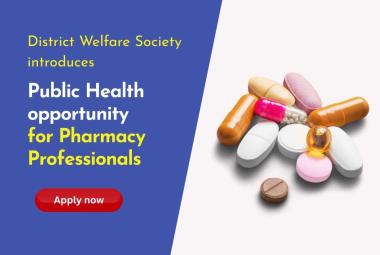More than 3 million people died as a result of harmful use of alcohol in 2016, according a report released by the World Health Organization (WHO). This represents 1 in 20 deaths. More than three quarters of these deaths were among men. Overall, the harmful use of alcohol causes more than 5% of the global disease burden.
[adsense:336x280:8701650588]
Of all deaths attributable to alcohol, 28% were due to injuries, such as those from traffic crashes, self-harm and interpersonal violence; 21% due to digestive disorders; 19% due to cardiovascular diseases, and the remainder due to infectious diseases, cancers, mental disorders and other health conditions.
Despite some positive global trends in the prevalence of heavy episodic drinking and number of alcohol-related deaths since 2010, the overall burden of disease and injuries caused by the harmful use of alcohol is unacceptably high, particularly in the European Region and the Region of Americas.
Globally an estimated 237 million men and 46 million women suffer from alcohol-use disorders with the highest prevalence among men and women in the European region (14.8% and 3.5%) and the Region of Americas (11.5% and 5.1%). Alcohol-use disorders are more common in high-income countries.
An estimated 2.3 billion people are current drinkers. Alcohol is consumed by more than half of the population in three WHO regions – the Americas, Europe and the Western Pacific. Europe has the highest per capita consumption in the world, even though its per capita consumption has decreased by more than 10% since 2010. Current trends and projections point to an expected increase in global alcohol per capita consumption in the next 10 years, particularly in the South-East Asia and Western Pacific Regions and the Region of the Americas.
Higher-income countries are more likely to have introduced these policies, raising issues of global health equity and underscoring the need for greater support to low- and middle-income countries.
Almost all (95%) countries have alcohol excise taxes, but fewer than half of them use other price strategies such as banning below-cost selling or volume discounts. The majority of countries have some type of restriction on beer advertising, with total bans most common for television and radio but less common for the internet and social media.
Reducing the harmful use of alcohol will help achieve a number of health-related targets of the Sustainable Development Goals (SDGs), including those for maternal and child health, infectious diseases, noncommunicable diseases and mental health, injuries and poisonings.







